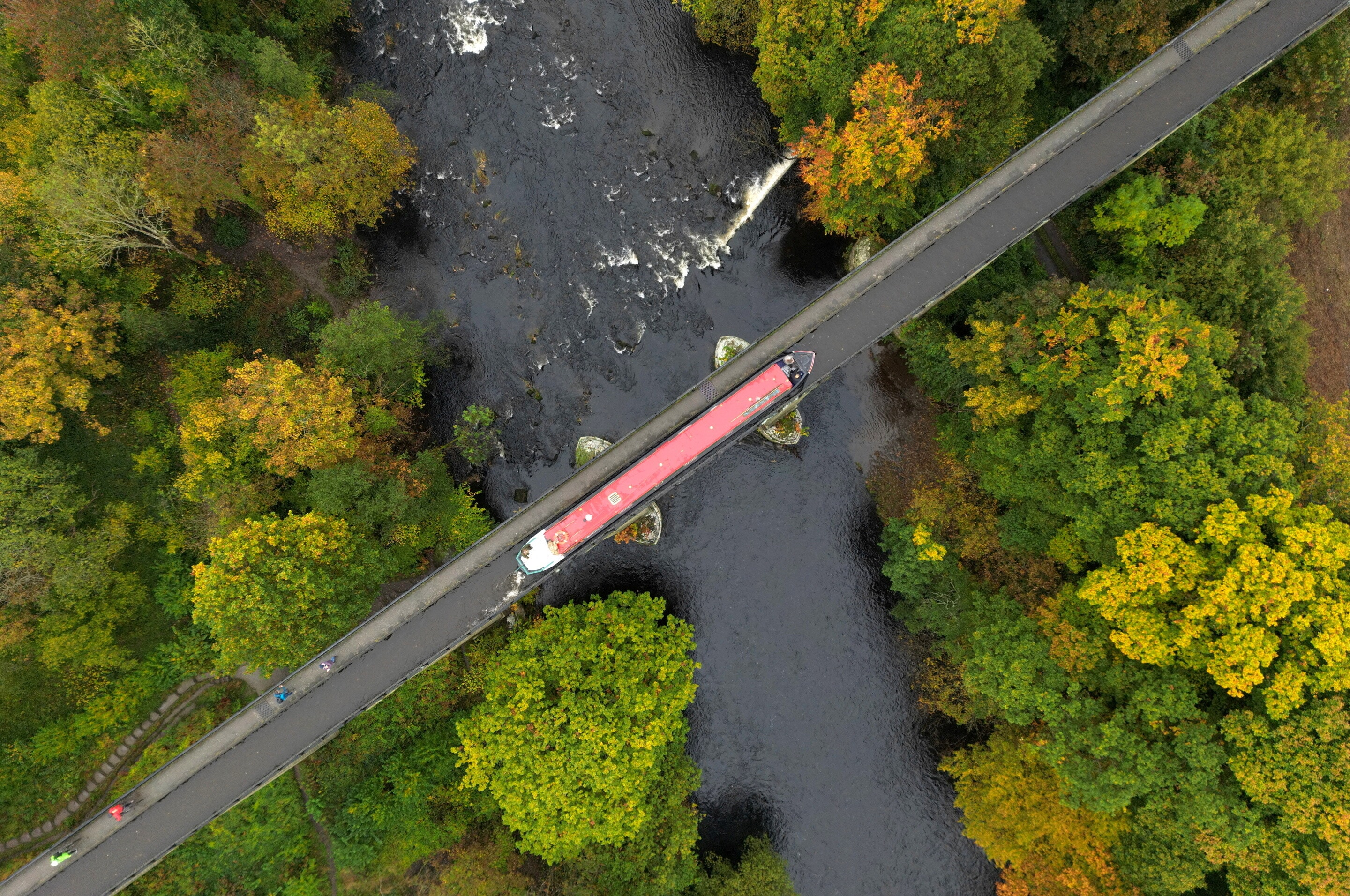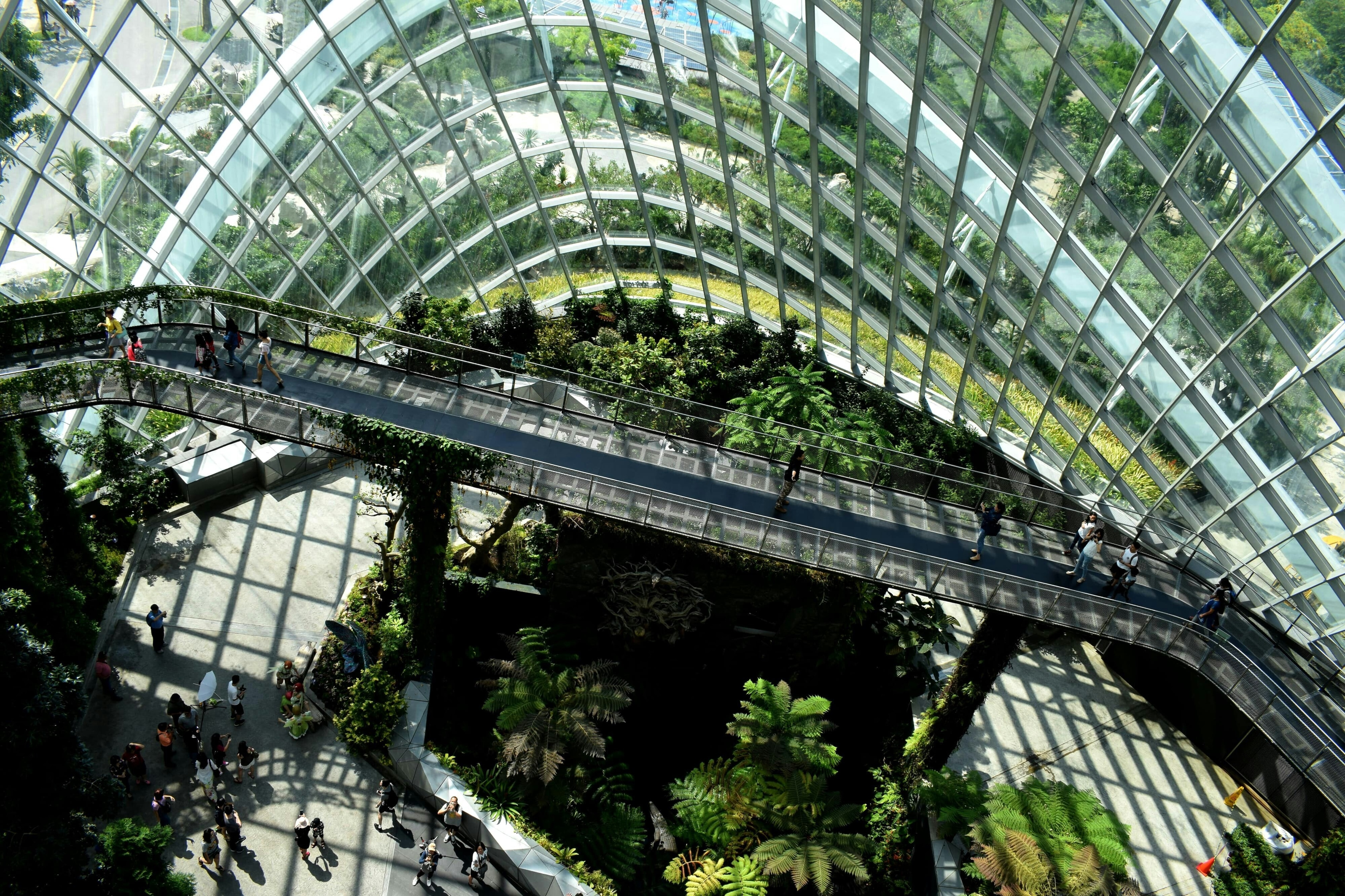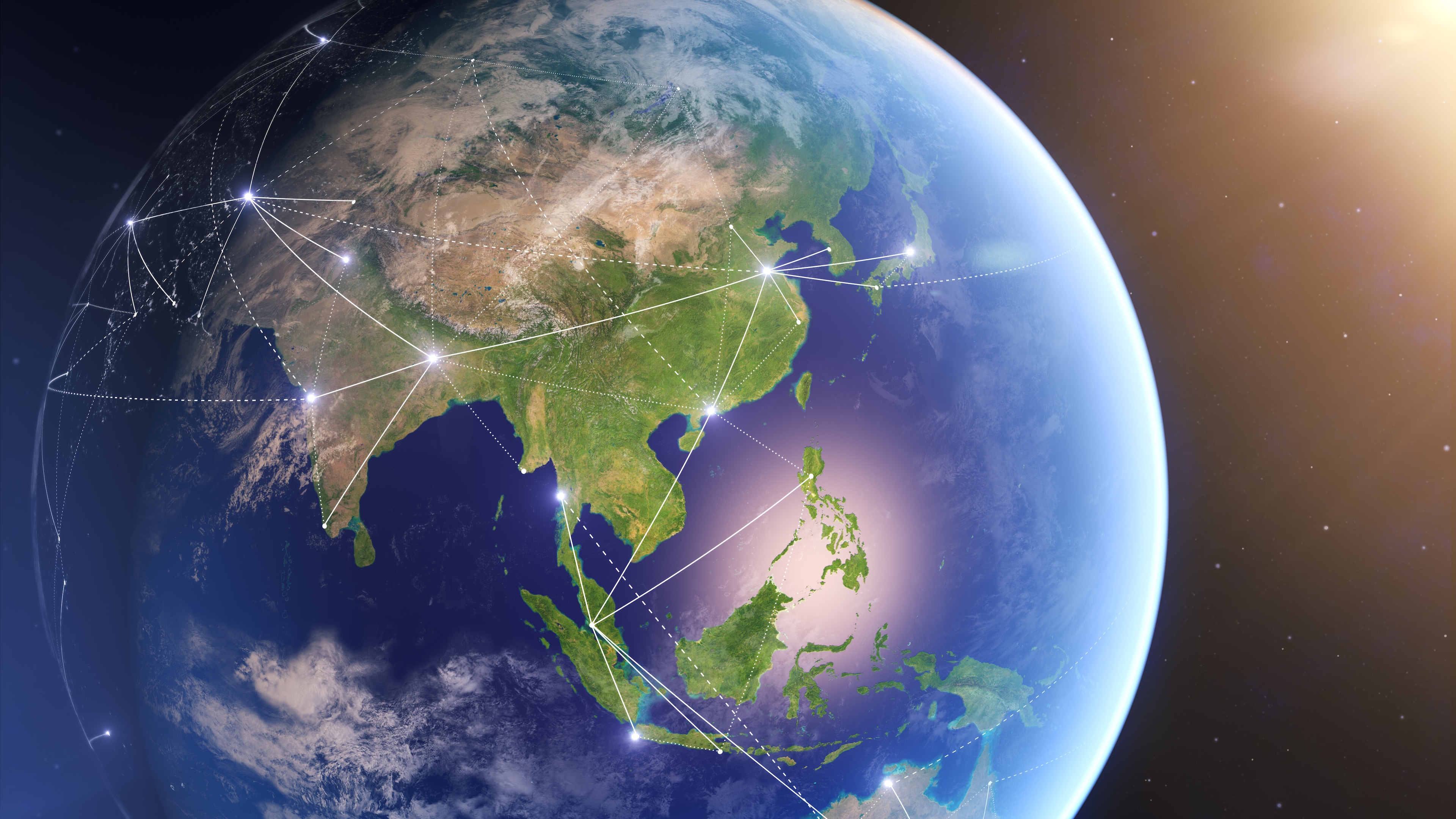Is your supply chain stalling your sustainability? Here’s how to fix it

Supply chains stop most businesses from truly becoming green.
Image: Unsplash/Mika Baumeister
Stay up to date:
COP28
- Sustainability is now as important to businesses as are their top and bottom lines.
- Tracking sustainability metrics throughout supply chains is complex but technology can help simplify the process.
- Process mining will help companies take the targeted actions required to make a real difference across their supply chains, including shipping emissions, water consumption and more.
Businesses have long judged their performance on two metrics: revenue and net income, also known as the top and bottom lines. But there is now a third metric firmly fixed on boardroom agendas: the green line.
Whether stoked by a passionate CEO, an industry ruling or a supranational push to become net zero, every organization is moving toward a more sustainable future.
But even the most committed teams struggle to make their business genuinely green because of their supply chains. Why? Supply chains have not been designed with sustainability top of mind. The processes they run on are complex and make it difficult to measure and act on waste generated. It is time to simplify that complexity with technology.
Companies lag behind sustainability interest
Sustainability has decisively moved from niche interest to business-critical priority. New customer expectations, increased regulations and investor-led accountability, the motivations are many. Not only have the European Union and the United States set ambitious net zero targets for 2050 but employees are already leaving companies that lack a sustainability plan – almost one in three have left a job for this reason, according to a survey featured in the business title Fast Company.
In response, most companies are setting their own sustainability targets. The problem is that most can’t meet them because they lack insights into the performance of their supply chain. When crucial data about shipping emissions, water consumption, supplier sustainability etc. is spread across siloed systems and spreadsheets, companies do not have a foundation to measure the size of the issue or identify its root causes.
Only 36% of businesses have some measurement in place for their sustainability efforts and only 17% use that measurement to optimize based on results.
Technology game changers
Companies need complete visibility of their supply chain to make changes to improve their sustainability footprint. Some of the world’s leading organizations are already making those changes using process mining.
Here are the three process mining steps companies can take to get their supply chains more sustainable.
Extract the data
Connect data sources from transactional systems like SAP, Oracle, Salesforce and Snowflake and combine them with data from carbon accounting platforms, rating data platforms, as well as any homegrown systems.
Find the improvement opportunities
Apply process mining to this data to conduct an MRI on processes and reveal where processes are “broken” and cause waste. Companies can then quantify the associated sustainability impact, generate “to be” process models and compare them to “as is” processes to simulate the results from making any changes.
Take targeted action
Execute targeted actions against sustainability goals to operate at the highest level of efficiency and sustainability. That can be manual action or automated triggers based on business needs.
A company’s sustainability performance is intimately tied to its supply chain.
”Process mining for sustainable supply chains
Once companies start process mining, they can make significant improvements across areas such as production, storage and shipping. If you’re wondering what all this looks like in the real world, here are some examples.
Shipping emissions reduction
The transport sector contributes to around a fifth of global greenhouse gas emissions. Outbound, inbound and inter-company shipping emissions have to be a top focus. With process mining, companies get real-time detection and quantification of emissions across all shipping practices. With that insight, teams can increase carbon efficiency in their supply chain by bundling orders to maximize capacity, reducing rush orders to avoid air freight and empty trucks and improving routes to avoid unnecessary freight, all while being able to see the impact on cost and time.

Waste reduction
Once companies have plucked lower-hanging fruit, such as reducing shipping emissions, they tend to go deeper. Take waste reduction as an example. By getting insight into expiring raw materials and inventory, teams can maximize asset efficiency and cut down on scrap. That not only helps with sustainability goals but working capital as well – thanks to better asset usage.
Process-level product footprint
The most advanced and ambitious companies can go one step further. By creating custom reporting, teams can measure the carbon footprint of a specific product across the end-to-end value chain. These measurements can improve its impact and even share the performance with customers.
A company’s sustainability performance is intimately tied to its supply chain. By using process mining to uncover improvement opportunities in the supply chain, companies can accelerate their sustainability credentials while keeping their business running smoothly. Get it right, and not only will teams smash regulatory requirements, but they’ll impress customers, grow the brand and help lessen the load on the earth.
Accept our marketing cookies to access this content.
These cookies are currently disabled in your browser.
Don't miss any update on this topic
Create a free account and access your personalized content collection with our latest publications and analyses.
License and Republishing
World Economic Forum articles may be republished in accordance with the Creative Commons Attribution-NonCommercial-NoDerivatives 4.0 International Public License, and in accordance with our Terms of Use.
The views expressed in this article are those of the author alone and not the World Economic Forum.
Related topics:
Forum Stories newsletter
Bringing you weekly curated insights and analysis on the global issues that matter.
More on BusinessSee all
Elizabeth Henderson and Daniel Murphy
August 8, 2025
António Costa
August 6, 2025
Mauro Gianni and Isidora Kosta
August 4, 2025
Charlotte Degot
August 4, 2025
Li Dongsheng
July 31, 2025
Umesh Sachdev
July 31, 2025





